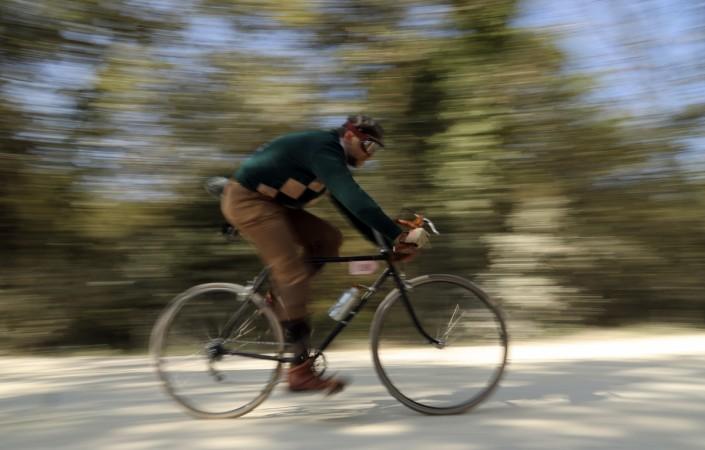
Damage to one's knees, which may even require surgery, can be undone with effective exercises, a new study has revealed.
Researchers from Norway studied a group of 140 people whose average age was 50 years and who were suffering from meniscal tears in which the cartilage that surrounds the knee joint gets damaged.
One half of the people had undergone surgery to alleviate the illness while the rest were asked to perform some exercises under supervision over a course of 12 weeks. The patients were assessed for their muscle strength and knee function after three months and two years.
The researchers found that when it came to knee-related activities such as sports, walking, and exercises, there was no difference between the two groups of people. It was also taken into account that no accidents that may have injured the knee again occurred with patients in either of the groups.
"Supervised exercise therapy showed positive effects over surgery in improving thigh muscle strength, at least in short term. Our results should encourage clinicians and middle aged patients with degenerative meniscal tear and no radiographic evidence of osteoarthritis to consider supervised structured exercise therapy as a treatment option," Teppo Jarvinen, a researcher at the University of Helsinki said, the Health News reported.
So what are the various exercises experts recommend to avoid surgery and make your knees functional again?
1. Cycling: During the early course of the training programme, cycling is highly recommended since it strengthens the quadriceps and hamstring muscles that support the knee joint, without placing too much pressure on the load-bearing surface of the cartilage that's been torn. Cycling also helps improve flexibility in the knee joint.
2. Inner range quadriceps: Sitting on the side of the bed with the affected leg straight out along the bed, make the knee as straight as possible, pushing the back of the knee down into the bed — you should be able to raise the heel of your foot off the bed while keeping the back of your knee down on the bed. Hold for 5 seconds, 20 times. Repeat as above, with the addition of turning your foot and knee outwards slightly so as to engage the Vastus medialis (part of the quadricep muscle of the thigh).
3. Sit to stand: Sitting on a chair with knees and hips aligned, squeeze a small ball between the knees with about 50 percent of your maximum power, to engage the muscles on the inside of the knees and thighs. Maintaining the squeeze, come to a standing position in a controlled manner, sharing weight equally between the painful knee and the unaffected knee. Maintaining the squeeze on the ball between the knees, slowly sit back. Do two sets of 10.
(Source: home.bt.com)
















